With Jupiter in Mind: What is the Largest Planet In The Universe
29th Dec 2022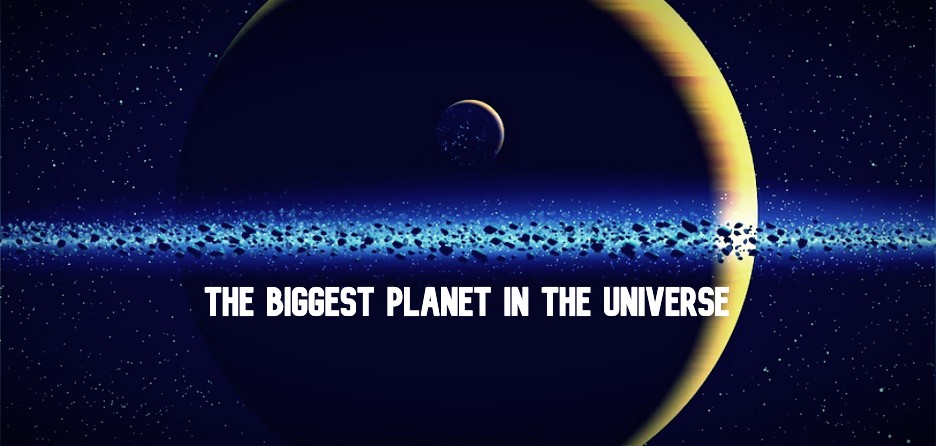
Our idea of what the Earth is has evolved over thousands of years. It turned out that it is not flat, it does not stand on whales at all, and there is no Kingdom of Hades inside. Later, it turned out that the Earth is not only and, more surprisingly, not the biggest planet, as the Universe around us is so huge that it is simply impossible to look beyond its edge. But this discovery only spurred scientists to do new research.
To date, the existence of 5098 exoplanets in 3770 planetary systems has been officially confirmed. There are estimated to be at least 100 billion of them in our Milky Way galaxy alone! In this article, we will tell you what a planet is, how it differs from a star (more on that in a moment), and what is the largest planet in the Universe that has been discovered.
What is considered a planet
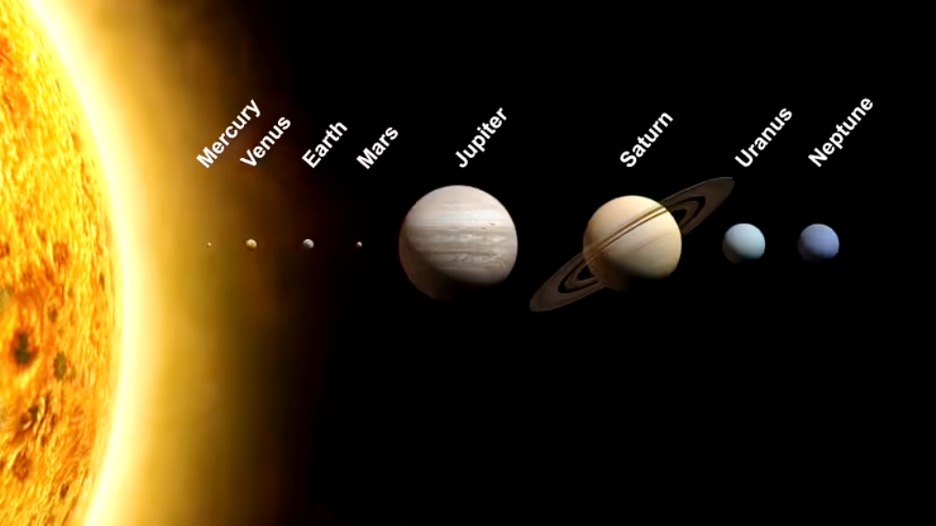
A planet (translated from ancient Greek as a wanderer) is a celestial body that orbits around a star or its remnants, is massive enough to acquire a spherical shape under the influence of its own gravity but not massive enough to start its own thermonuclear reaction; also, a planet should have enough force to clear its orbital vicinity from planetesimals. At the same time, it should not be formed from the remnants of a star but through the accumulation (accretion) of cosmic dust, gases and other materials on the protoplanetary disk.
The planets are divided into three main classes:
- small, earth-like with a hard surface,
- planets with low density – gas or ice giants
- and dwarf planets.
Besides Earth, there are 12 other planets in the solar system. Earth-like include Venus, Mercury and Mars; Uranus, Saturn, Jupiter and Neptune are giants; the remaining five dwarf planets are Pluto (until 2006 considered the ninth planet), Makemake, Haumea, Eris, and Ceres (formerly considered an asteroid).
How to distinguish a planet from a star?
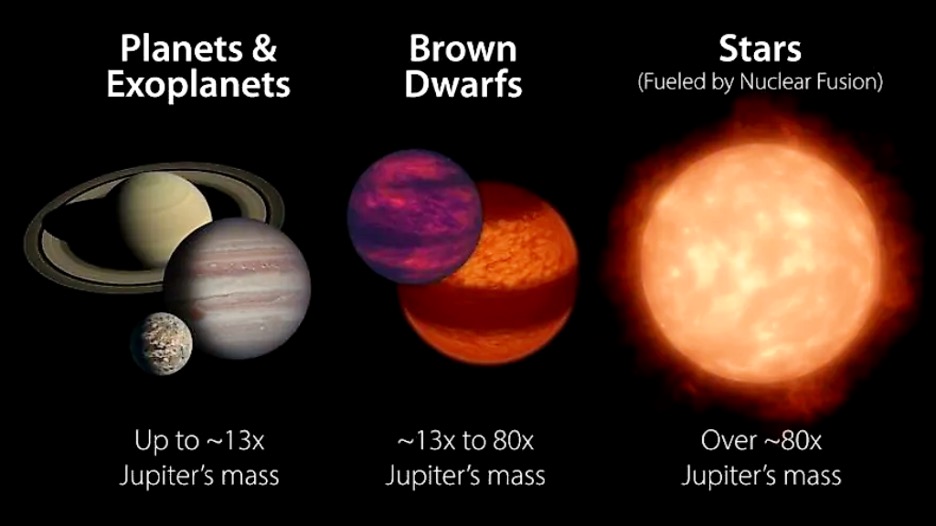
Scientists identify four parameters establishing the status of a celestial body.
Luminosity
Although some planets are visible from Earth to the naked eye, their “luminosity” comes from reflected sunlight. In ancient times, people did not know this, so they often mistook planets for stars. A star is a powerful source of radiation, including light, whereas a planet can only reflect light, which is why its luminosity is always lower. However, a planet reflects the light evenly. The star luminaries either flare up or seem to fade away.
Size
The largest planet in the known Universe may seem quite large from a distance, but its real size is incomparable with the dimensions of even the smallest stars. For example, our Sun, which is a yellow dwarf — a relatively small star, occupies 98% of the solar system’s total mass, and its diameter is 110 times larger than that of the Earth. Just think about the scale.
Motion
Planets and stars move differently. We already discussed Do stars move, so give it a read. In short, the stars revolve around their galactic centres; and the planets — both around the stars and their own axis.
Temperature
Stars are giant hot balls of gas inside which thermonuclear reactions rage. Thermonuclear reactions are impossible, even inside the biggest planet in the Universe. And this is perhaps the main difference between a planet and a star.
What Is The Biggest Planet In Our Solar System
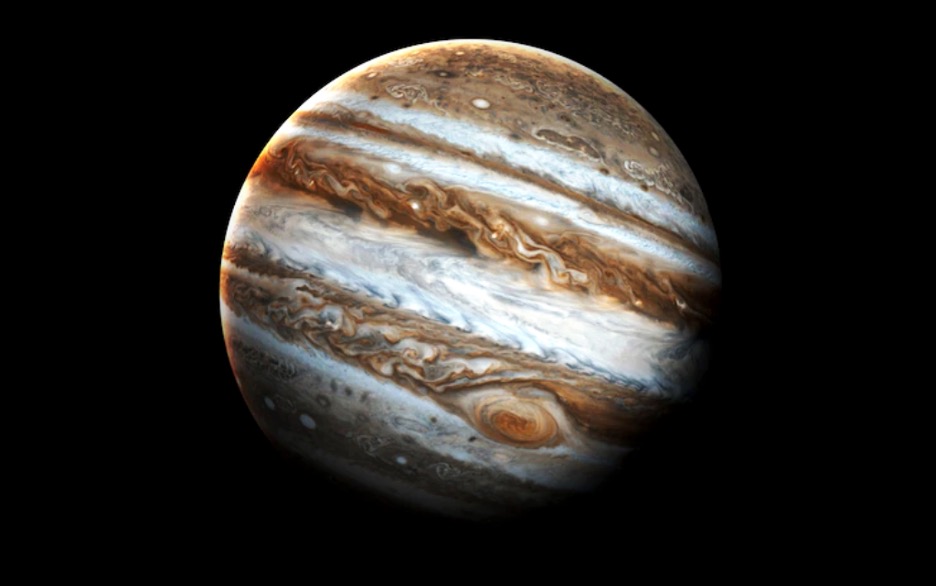
Jupiter is called the “king of the planets” for a reason. This gas giant has 79 moons and is over two times heavier than all the other planets in the solar system combined. According to NASA, Jupiter could well become a star if it were about 80 times more massive during its formation period.
Is Jupiter the biggest planet?
In the solar system, yes, without a doubt. In comparison to it, our home, the Earth, is a real dwarf, not much larger than Jupiter’s satellites. Jupiter’s diameter exceeds 142 thousand km, while the Earth’s does not even reach 13. Jupiter’s volume is so large that it could contain more than 1300 planets such as ours.
Jupiter is, without any doubt, huge and majestic. However, scientists have already found a lot of objects outside the solar system that surpass it in all respects.
How are the planets compared?
To measure the biggest planet in the solar system, scientists usually use radius. In case of Jupiter, it is 43,441 miles or 1 RJ. One method is to measure the light blocked by a planet as it passes close to a star. But measuring far-away objects is an extremely complex process with a large error margin.
Density and mass are determined by the change in the speed of movement when approaching the nearest celestial bodies. This is a way more difficult process than calculating planet size, so density is not a key parameter.
The Biggest Planet In The Galaxy
Approximately 10% of the stars included in various search programs have been identified as stars with accompanying planets. With the accumulation of data and the improvement of observation techniques, the number of proven objects is growing rapidly. If at first gas giants were the ones mainly discovered, today we have confirmed the existence of many planets with relatively small masses.
Of the 2,326 bodies, 207 are Earth-sized, 680 are super-Earths, 1,181 are Neptune-sized, 203 are Jupiter-sized, and 55 are even larger. But scientists can’t say for sure what’s the biggest planet because they have reason to believe some of those bodies may be brown dwarfs. These are substellar objects about 13 times heavier than Jupiter. But such mass is not enough to ensure the nuclear fusion of hydrogen. Therefore, they do not provide constant luminosity, dimming periodically.
In fact, these objects are somewhere in between. They are much larger than the planets but do not function as stars, although brown dwarfs remain incredibly large their whole life.
What is the largest planet ever discovered?

The largest of the likely candidates for this title is an object called ROXs 42Bb, discovered in 2013 in one of the molecular clouds of the constellation Ophiuchus (at a distance of 440 light-years from Earth). This planet is also a gas giant, like Jupiter, but its radius is almost three times larger than that of Jupiter, and its mass is about 9 times larger.
This object type is known as a Hot Jupiter. Since ROXs 42Bb is quite close to the star, the surface temperature exceeds 1700 °C. Although the question of which planet is the biggest is still up for discussion, its mass is insufficient to classify it as a brown dwarf.
On the other hand, the mechanism of its formation is not clear. Its mass and distance from the star do not quite fit into the mathematical model. Scientists believe that it was not formed as a result of accretion, that is, the gravitational collapse of dust and gas. However, it has been confirmed that it contains numerous clouds and dust. So far, there is no consensus on this most intriguing subject.
Conclusion
So, Jupiter is the biggest planet in our Solar system. When we speak about the largest planet in the entire Universe, it is ROXs 42Bb — at least for now. In fact, this title was awarded more than once to other objects, but eventually, they were “disqualified”, and the search started all over again. Scientists are constantly looking for new candidates, so it is possible that ROXs 42Bb will also be demoted soon, and we will find out the name of the next biggest planet.
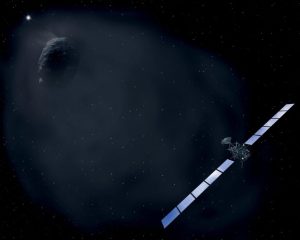

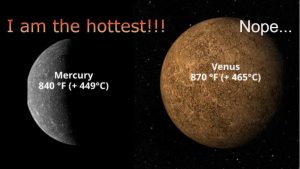



Thank you for your comment! It will be visible on the site after moderation.